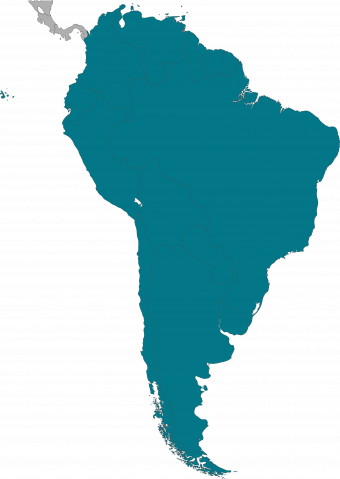South America
South America
Recent Activity
Recent Activity
Reports
November 2020
This useful online guide links users directly to the most credible, high-quality data on immigrants and immigration in the United States and internationally. The easy-to-use guide includes more than 250 data resources compiled by governmental and nongovernmental sources, covering topics ranging from population stock and flow numbers to statistics on enforcement, public opinion, religious affiliation, and much more.












